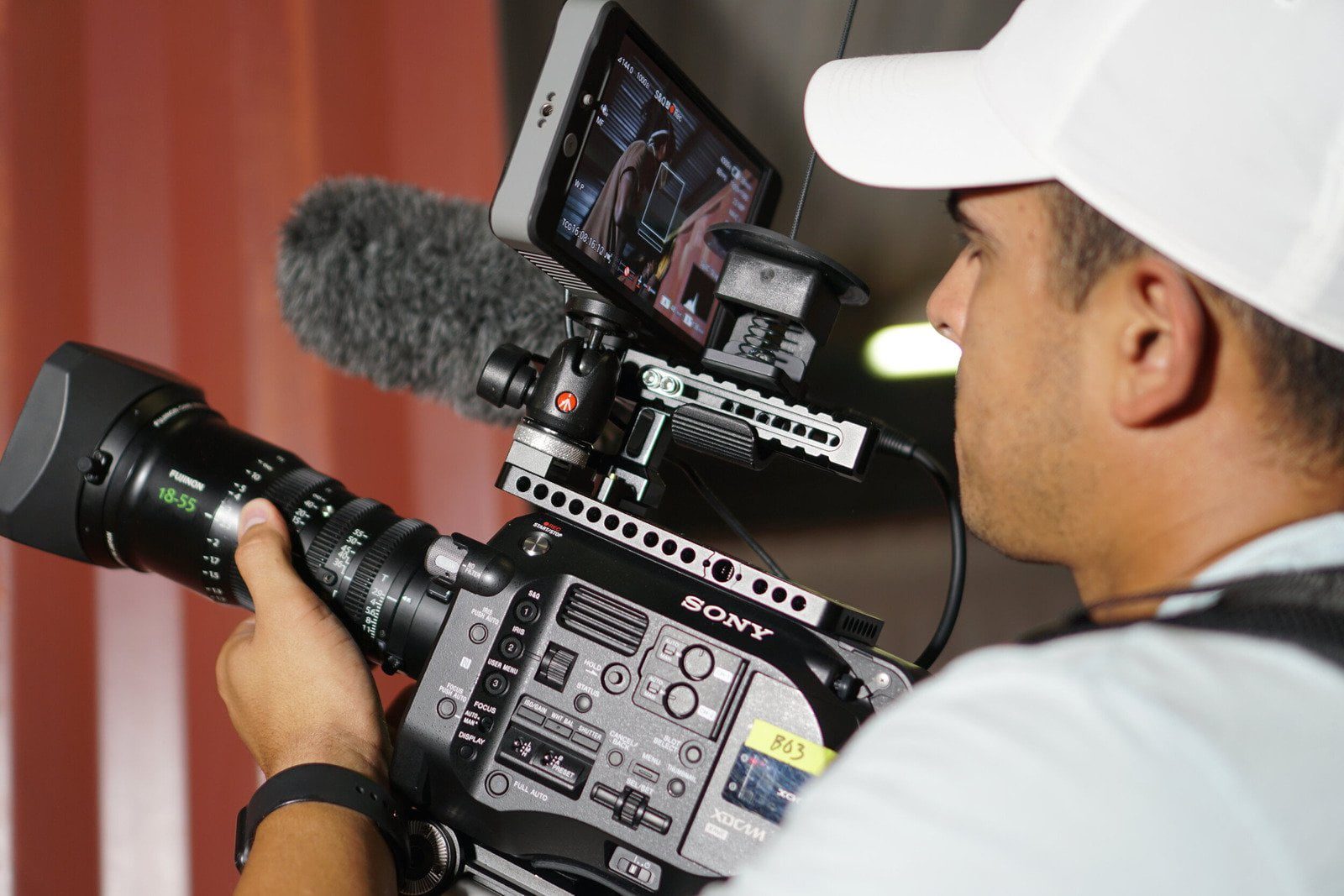Imagine a world where historical landmarks come alive before your eyes, where furniture virtually fits into your living room before you buy it, or where step-by-step repair instructions overlay the malfunctioning machine you’re trying to fix. This isn’t science fiction; it’s the reality of augmented reality (AR). This article delves into the exciting realm of AR, exploring how it superimposes digital elements onto the physical world, its potential applications across various sectors, and the considerations for responsible development and user experience.
Beyond the Screen Barrier: Unveiling the Core Concepts of Augmented Reality
AR isn’t just about adding filters to your selfies. It’s a technology that seamlessly blends the physical world with computer-generated elements, creating an enhanced and interactive experience. Here’s what sets AR apart:
- Real-World Overlays: AR overlays digital information onto the physical world in real-time, allowing users to see both simultaneously.
- Interactive Elements: Unlike virtual reality (VR) which creates a completely immersive environment, AR allows for interaction with both the physical and digital elements.
- Head-Mounted Displays (HMDs) and Smartphones: AR experiences can be accessed through specialized HMDs or even smartphones equipped with AR capabilities.
- Location-Based Experiences: AR can leverage location-based services to display relevant information or content depending on the user’s physical location.
AR bridges the gap between the digital and physical worlds, creating a more interactive and informative way to experience our surroundings.
Beyond the Entertainment Apps: Exploring the Potential Applications of AR
AR’s applications extend far beyond the realm of entertainment and gaming:
- Education and Training: AR can revolutionize education by creating interactive learning experiences like visualizing historical events or dissecting virtual models in biology class. AR can also enhance training experiences in various professions.
- Retail and E-Commerce: Imagine virtually trying on clothes before buying them or seeing how furniture would look in your living room before making a purchase. AR can transform the retail experience and bridge the gap between online shopping and in-store interactions.
- Manufacturing and Maintenance: AR can provide step-by-step assembly instructions for complex machinery or overlay maintenance instructions directly onto equipment, streamlining the process and improving efficiency.
- Navigation and Exploration: AR can offer turn-by-turn navigation with real-time information overlayed on the user’s field of view, or display historical information about landmarks as users explore them.
- Healthcare and Medical Applications: AR can assist surgeons with real-time patient data overlayed during surgery or help medical students visualize anatomy in 3D. AR also holds promise for rehabilitation and physical therapy applications.
These are just a few examples of how AR technology is transforming various industries and enriching our interactions with the physical world.
Beyond the Hype: Considerations for Responsible Development and User Experience
The future of AR is bright, but responsible development and user experience considerations are crucial:
- Privacy Concerns: AR experiences that collect location data or other user information raise privacy concerns. Clear data practices and user consent are essential.
- Safety and Distraction: AR experiences that overlay information onto the real world can be distracting and pose safety risks. Ensuring clear user interfaces and promoting responsible usage is important.
- Accessibility and Equity: Access to AR technology should be widespread to avoid exacerbating existing digital divides. Affordable AR solutions and inclusive design considerations are vital.
- Information Overload and Digital Dependency: Carefully designed AR experiences should avoid overwhelming users with information overload and encourage healthy interaction with both the physical and digital worlds.
- Ethical Considerations for Content Creation: The development of AR content should adhere to ethical principles, avoiding biased or discriminatory overlays or promoting harmful augmented experiences.
By prioritizing responsible development and user-centered design, AR can become a powerful tool for enhancing our lives without compromising safety, privacy, or ethical principles.
Beyond the Present: A Glimpse into the Future of Augmented Reality
The future of AR holds exciting possibilities for an even more seamless integration of the digital and physical worlds:
- Advanced Wearables and Smart Glasses: Advancements in wearable technology will lead to more comfortable and lightweight AR glasses, making AR experiences more accessible and convenient.
- Improved Object Recognition and Tracking: AR experiences will become even more sophisticated with improved object recognition and tracking capabilities, allowing for more interactive and immersive experiences.
- AR Cloud and Shared Experiences: The development of an “AR Cloud” could allow users to share and interact with persistent AR experiences in real-time, fostering collaboration and new forms of social interaction.
- The Rise of the Metaverse: AR, combined with VR, could pave the way for the development of a “metaverse” – a persistent, interconnected virtual world where users can interact and
















